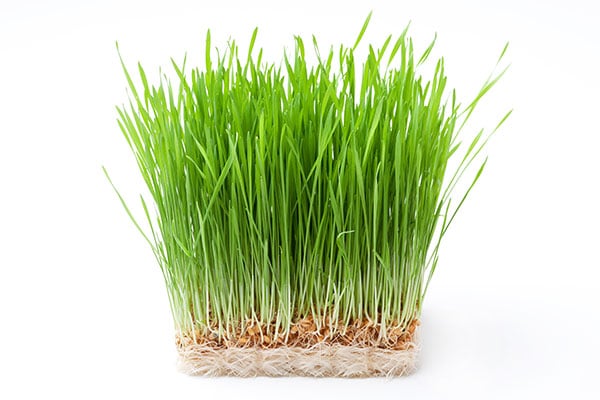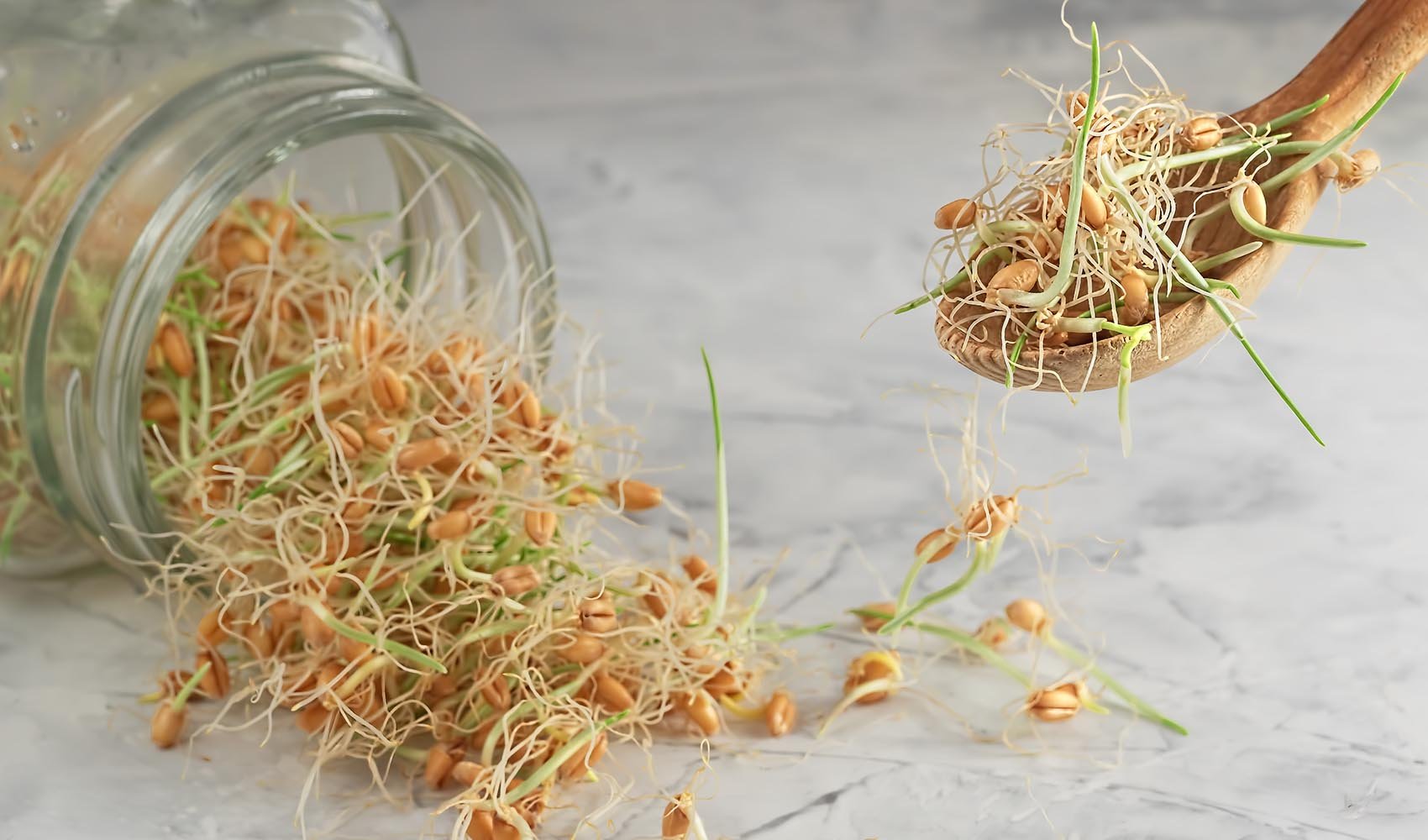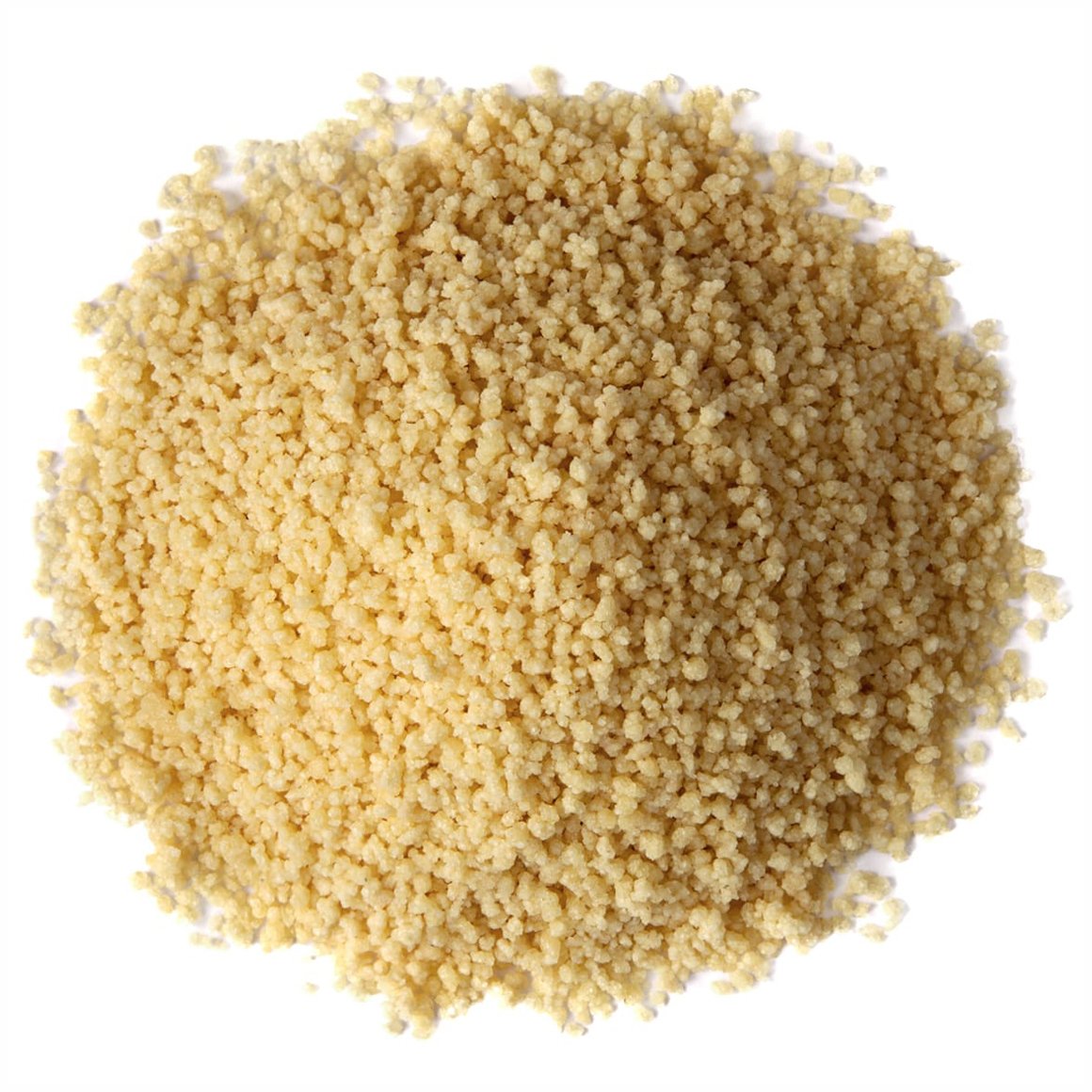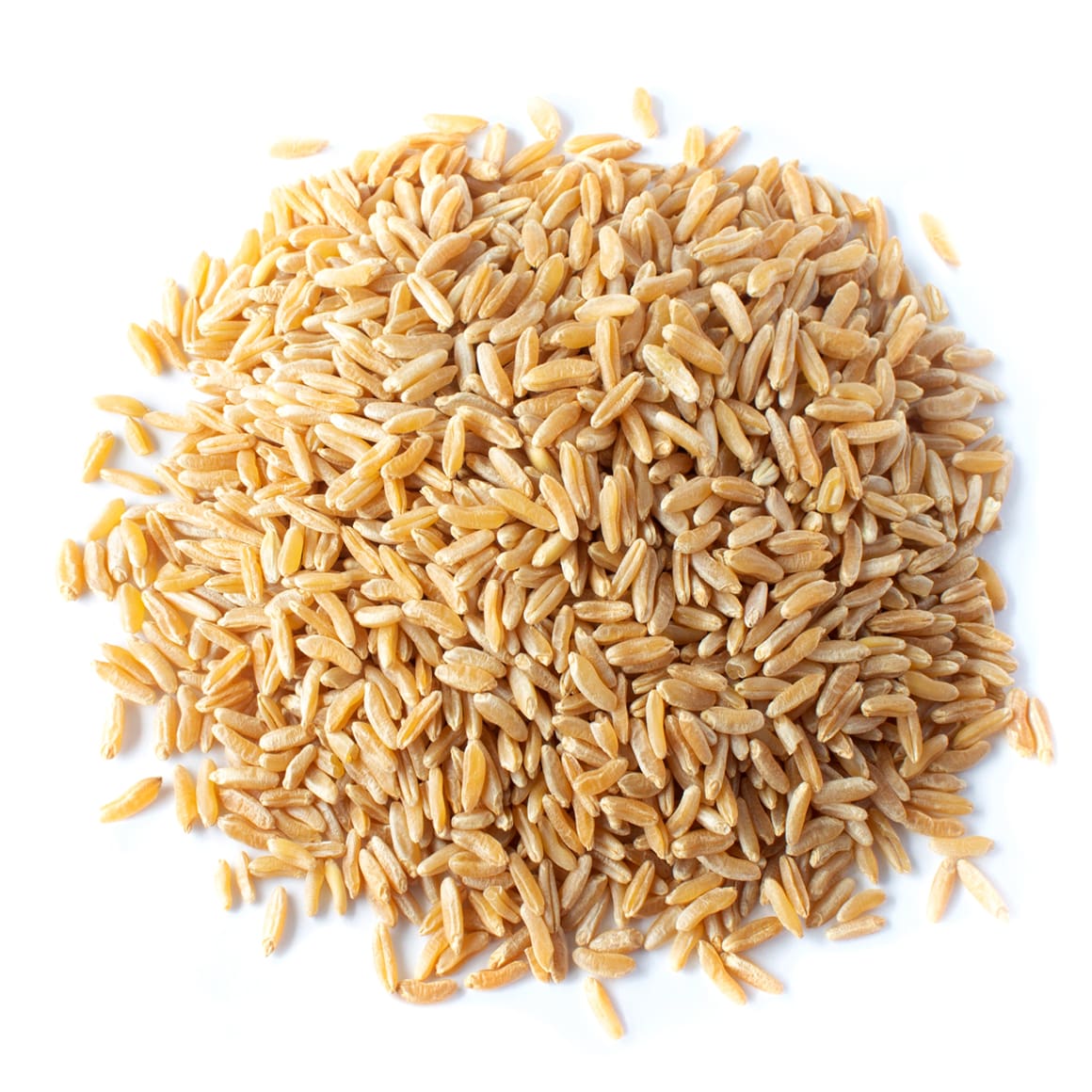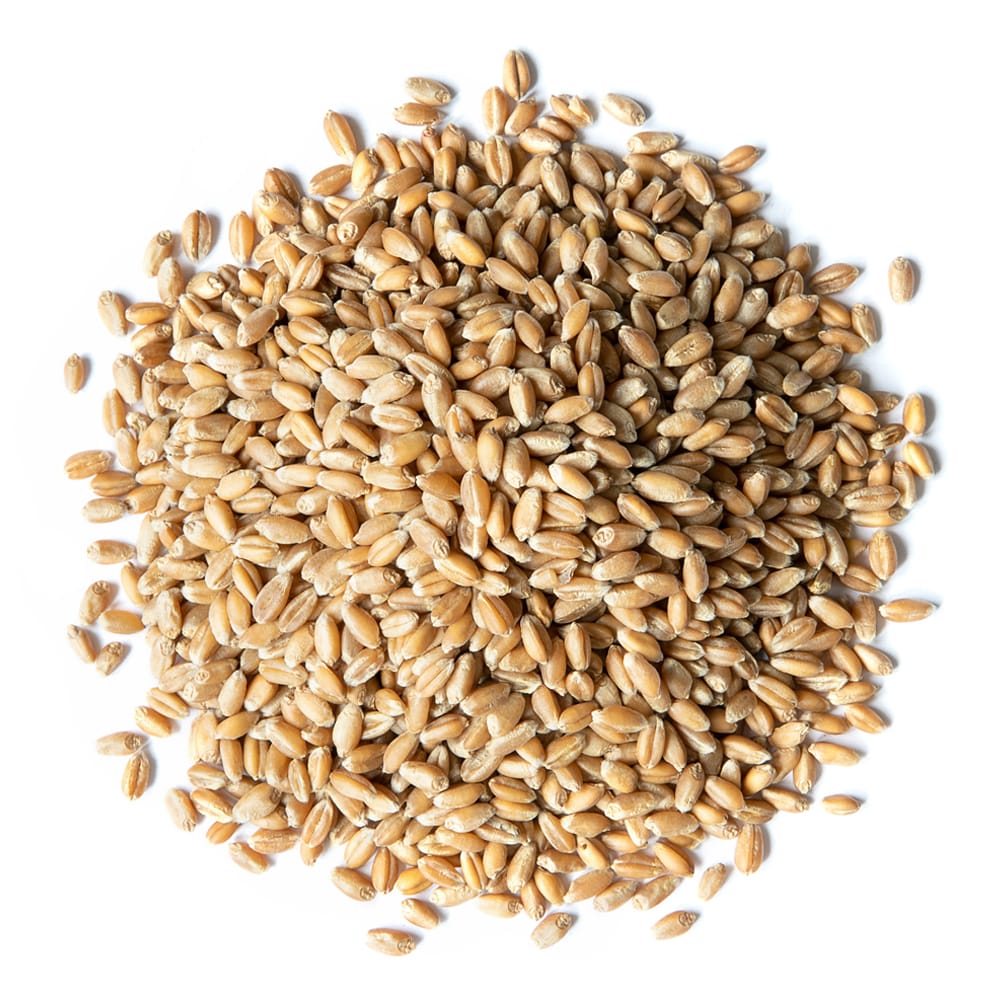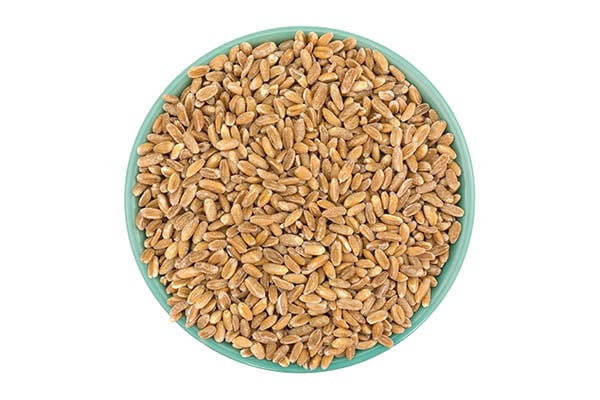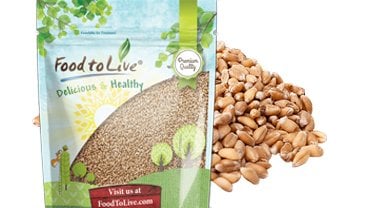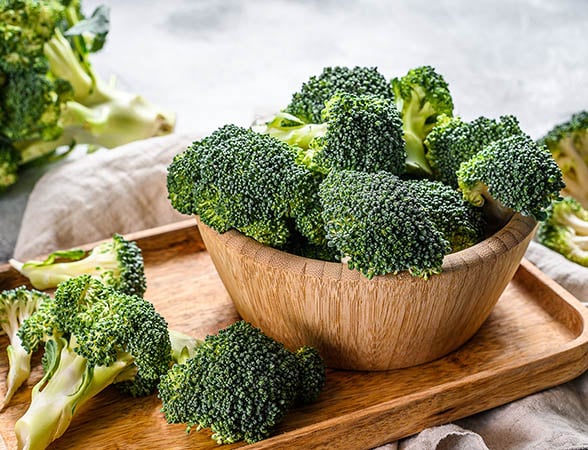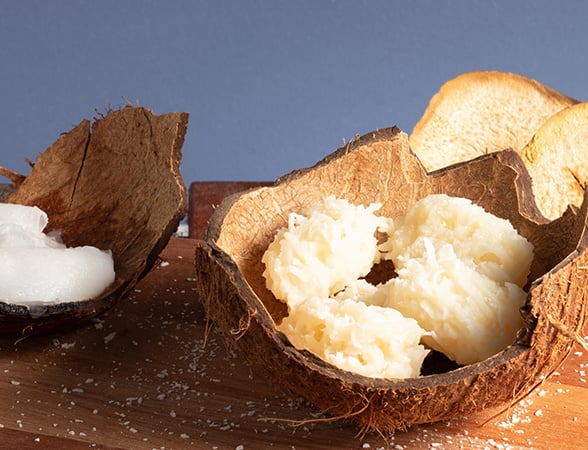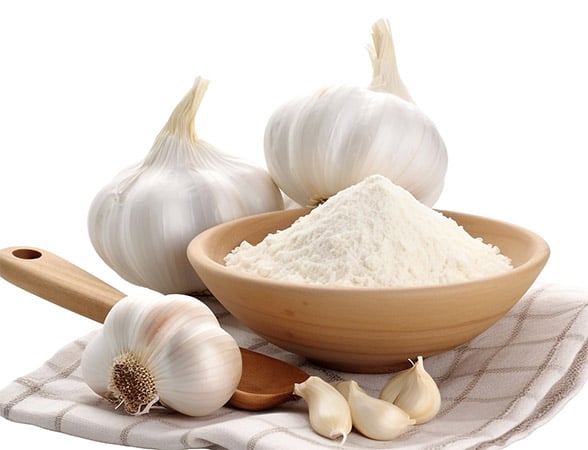March 14, 2016 · Written by Foodtolive Team
Wheat Sprouts: Health Benefits and How to Grow Them
Not everybody knows that wheat berries, the most consumed grain on Earth, can bring the most benefits when its berries and sprouts are consumed. However, the science proves the process of sprouting multiplies the health benefits of the product. Consuming living food such as wheat sprouts is an economic and effective way to improve health by aiding the metabolism, neutralizing toxins, cleansing the blood, multiplying the quantity of nutrients and providing the body with the increased amount of energy. What is more, their chewy texture and nutty flavor makes them a great addition to your salads, soups, pasta, and rice.
Health Benefits of Wheat Sprouts
- Germination activates valuable enzymes, which are the fundamental active proteins making daily functions possible.
- Sprouting makes wheat seeds contain 300% more proteins responsible for improving metabolism, boosting energy, and keeping blood sugar levels stable.
- Only three days of spouting increase the density of vitamins dramatically: the content of vitamin E increases 300%, of vitamin C – 600%, and the content of vitamin B becomes 1000% higher. The content of vitamin B17 known for its prevention of cancer is 100% higher than in un sprouted seeds.
- Originally, wheat is rich in carbohydrate and causes excessive mucus, which can have unpleasant consequences such as chronic cough, crusty eyes, constantly stuffy nose, and bad breath. In the process of sprouting, carbohydrates are converted to natural sugar, decreasing the amount of mucus being formed.
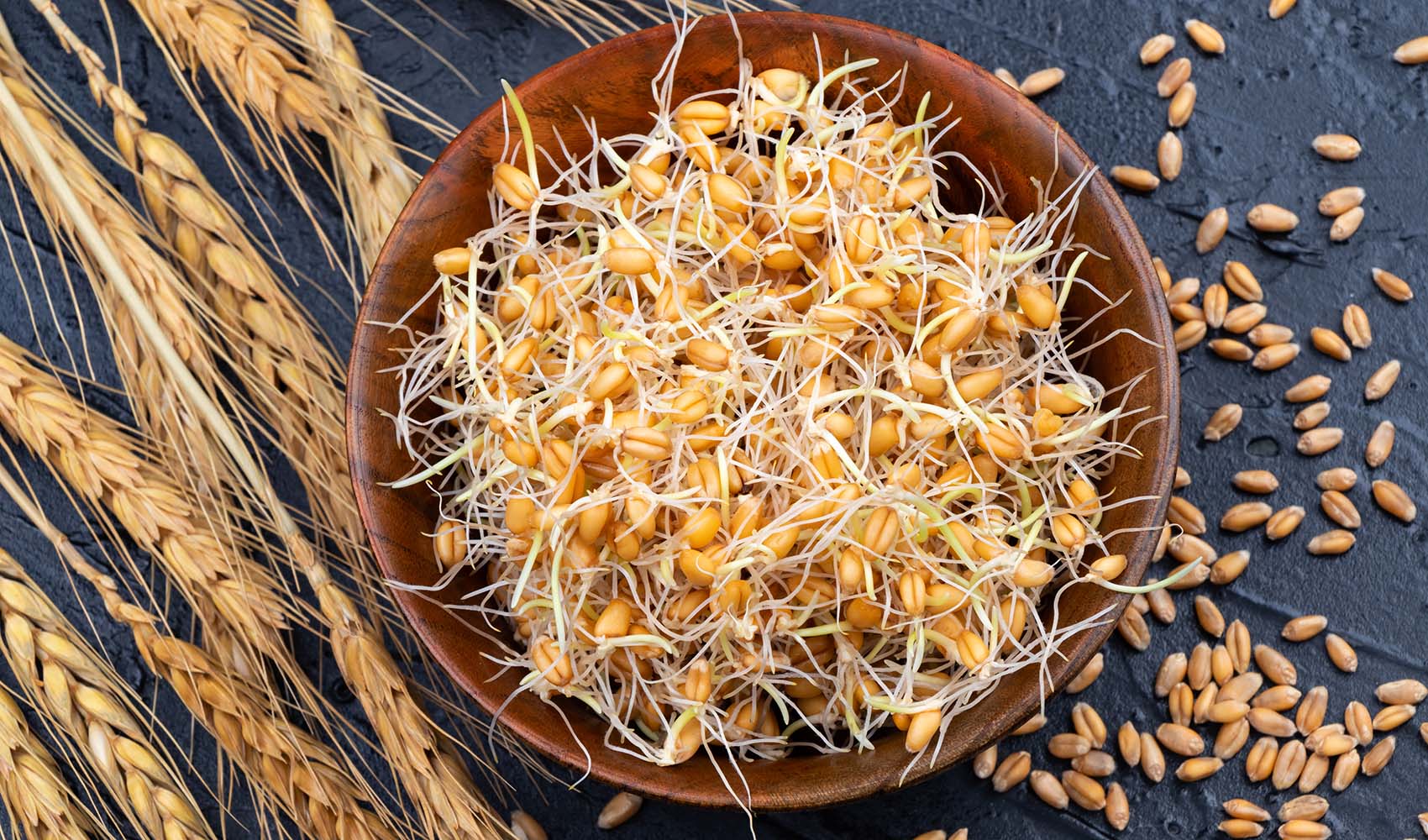
How to Sprout Wheat
It is advisable to sprout a handful of whole grains every couple of days. The great news is you do not need to engage in difficult and messy planting procedures or buy anything additional like fertilizers. Simply follow these several easy steps and you will get ready-to-eat wheat sprouts.
- Prepare a bowl or a sprout. Put a 2/3 cup of wheat seeds in it and add a cup or a cup and a half of cool water (not more than 70°). Mix seeds so that they contact water evenly.
- Leave the seeds to soak for 6 to 12 hours.
- Drain the water. Rinse the seeds carefully with cool water, and then drain again.
- Set the sprouted or a bowl in the optimal room temperature (about 70°). It has to be placed away from direct sunlight, however, do not hide them – wheat likes air circulation, and photosynthesis is not possible until the seeds grow into grass.
- Rinse and drain several more times every 8 to 12 hours.
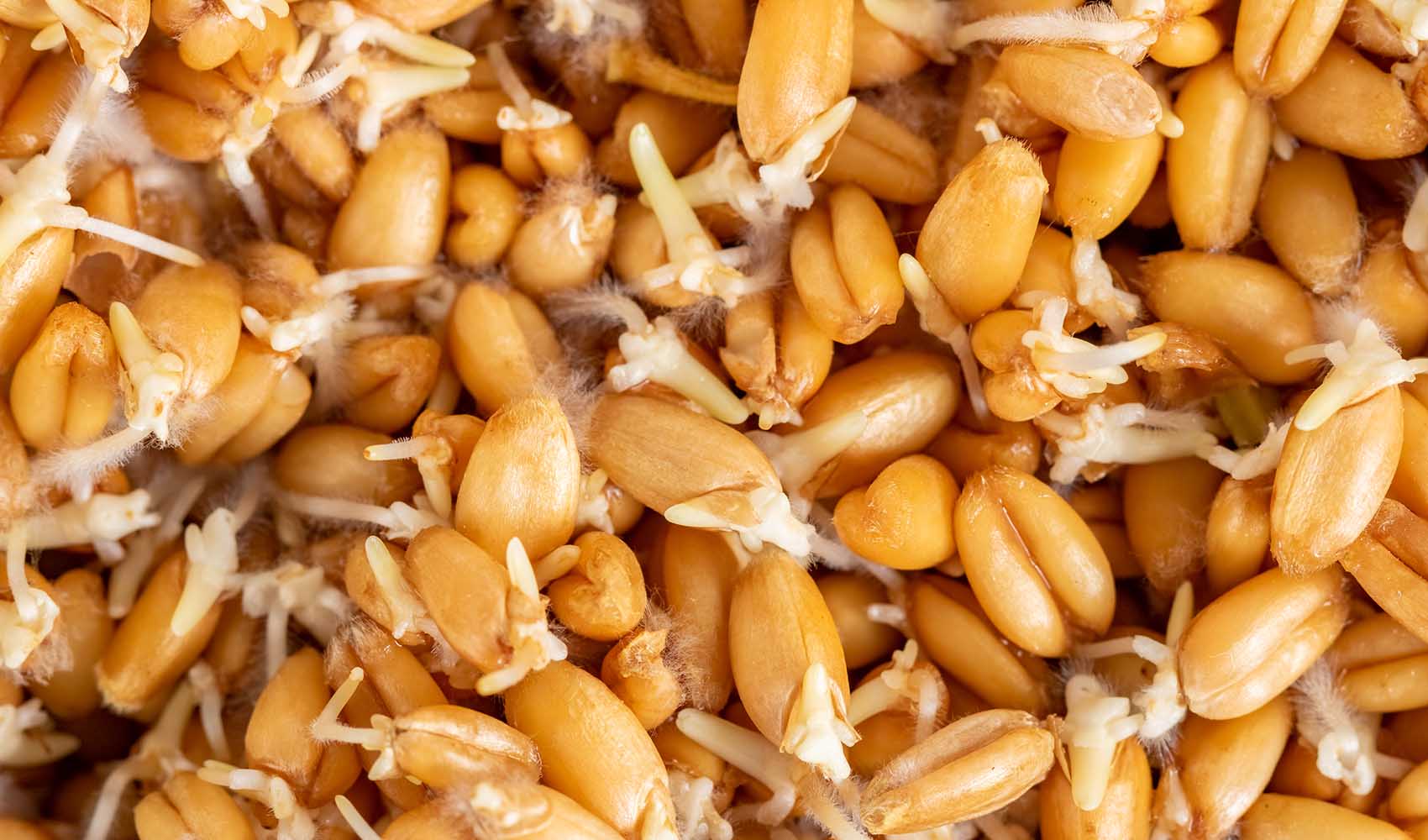
It is up to you to decide how many times to repeat the procedure of rinsing and draining. Experiment and try wheat sprouts each time you rinse them. The studies suggest that the dramatic increase of vitamins and nutrients is observed on the third day of germination. However, many useful nutrients are there already after the first rinsing.

